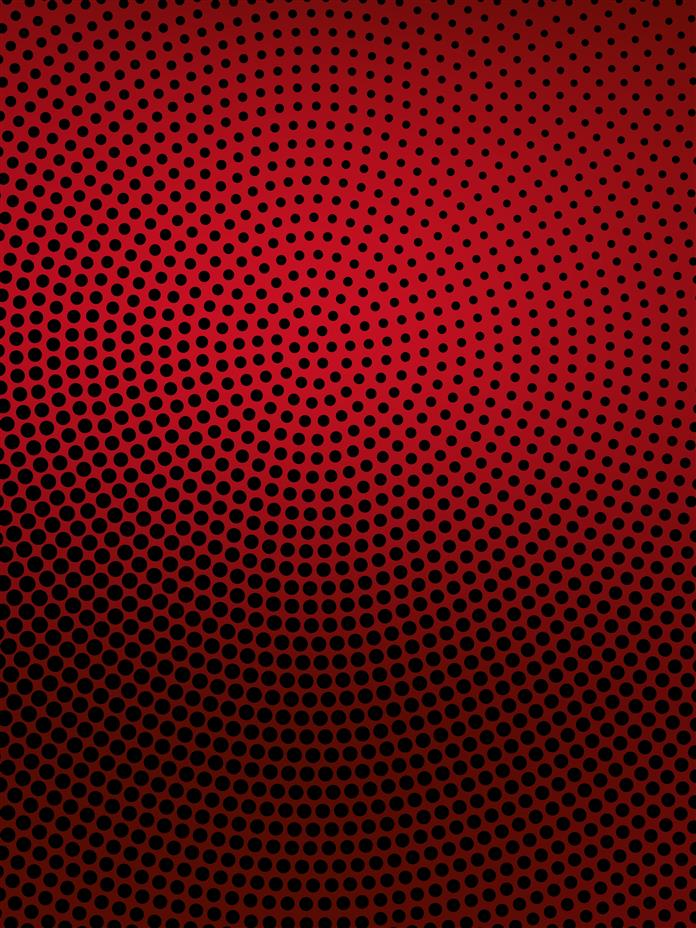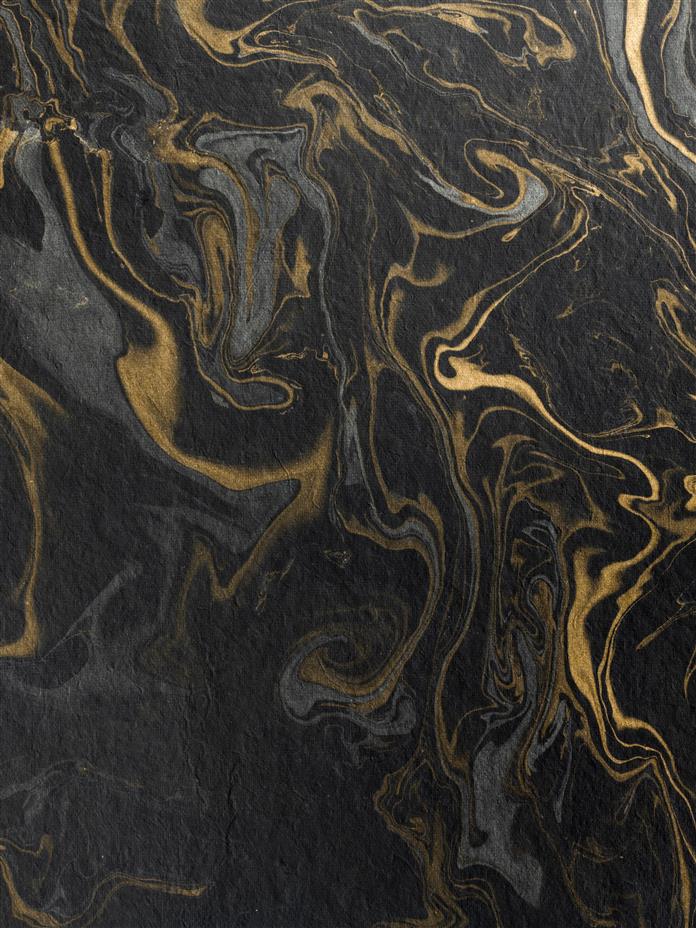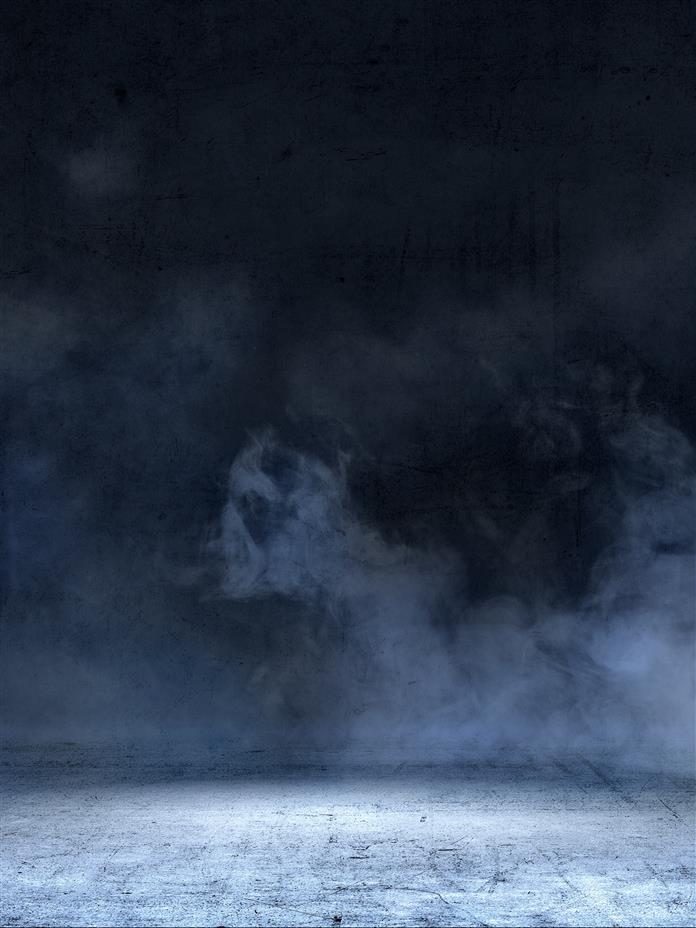
Tap to Read ➤
Why do Doctors Wear White Coats?
Gauri Huddar


We are so accustomed to seeing doctors in white lab coats, that we seldom, if ever, wonder why they wear them! Well, for those of you who are curious about why doctors wear white lab coats, you are on the right page. Read the following article to find out the reason.

In the early days, when medicine was just opening its eyes, and was just starting to stretch itself like a newborn, when there was no concept of medical school, it was considered more to be the domain of witches, frauds and quacks.

Those were not times when it was a respected thing to be associated with, or caught practicing medicine. If people suspected something as fishy, they would burn these witches at the stake. Then how, you may ask, did this practice start? Here is the answer.

The Origin of the Practice
As time passed, practicing medicine was no longer associated with witches and quacks, but with respected people, who were then called 'healers'. This specially took off, after the era of Christ, and after that, healers were treated with a lot of respect, although there was still no formal training available for them.

They were either autodidacts, or they learned from the established healers, who they appointed as their teachers.

As the practice of medicine started becoming respected and recognized and formal institutes started cropping up to train students in the art of healing, practitioners of medicine started distinguishing themselves by wearing robes.

But earlier the practice of wearing black robes instead of white, was more common. This was in keeping with the high mortality rates at that time. The methods and the techniques available were primitive, and the death rates due to illnesses and diseases were high.

As a sign of respect to the deceased, the 'physicians' as they eventually came to be called, wore black robes. As medicine progressed more, and nurses (or rather, the nuns who served as nurses), came into the picture, they too followed the practice of wearing black habits.

Another reason for the origin of the practice was that it made the physicians look authoritative and credible. It put the patients at ease, since it instilled a sense of trust in the physicians. Patients were relaxed and soothed, as they knew that they were in safe and knowledgeable hands.

The original color of the coat for physicians was beige, but was made into black, as a mark of respect for the deceased, as I've mentioned before.

White for Life and Purity
Although the black habits and the black coats were a sign of respect for the dead, as medicine and technologies advanced, and better means of treating illnesses were invented, the mortality rates dropped, as more and more people were restored to health, and black coats came to be more depressing than respectful.

By the time the 20th century rolled around the corner, doctors almost all over the world had given up the beige and black coats and favored white coats instead.

White stands for purity, peace and life, and that was the message that the doctors wanted to give out to their patients. It was a message of hope for a better and improved life and alleviated suffering.

It also symbolized purity, and cleanliness which were of utmost importance in the medical field. It created a soothing and sterile environment, and aided the cause of doctors.

A survey indicated that more than 70% of hospital doctors and medical students wear white coats, more than 75% of the times. There is also a ceremony followed by many medical schools, called the white coat ceremony, in which the new medical students are 'robed' or 'cloaked' in white lab coats to mark their entry into the field of medicine.

These coats are also meant to instill a humbling sense of responsibility in the new students and the doctors, and remind them of the nobleness of their profession.

The Controversy and Recent Debate
Of late, since the end of the 20th century, what has been happening is, the white coat has come to symbolize seriousness and sobriety, more than soothing the patients.

This is evident from a phenomenon called white coat hypertension, wherein the patients exhibit elevated blood levels when they are checked in a clinical setting, but exhibit normal levels when they are checked at home or anywhere other than in a clinic.

However, there is still no concrete proof that this elevated pressure is only due to the clinical setting. This phenomenon implies, that the seriousness that has come to be associated with hospitals and in turn with the white coat, is not conducive to a patient's health.

It only increases the anxiety levels in the patient and can lead to hypertension. Due to this, a growing number of doctors have chosen to discard the white coat and prefer being in their street attire itself, while treating their patients. Psychologists and pediatricians also do not wear the white coats in order to seem more relaxed and approachable to their patients, and also to seem friendlier.

The latest survey shows that nowadays, only 1 in 8 doctors still follow the practice of wearing the white coat, while the rest don't. The American Medical Association has put forth a resolution to ban the white coat, while the Scottish National Health service has already banned the white coat and opted instead, for color-coded scrubs.

The doctors at Mayo Clinic also, are not allowed to wear white coats. They wear business attire instead. While doctors themselves vote against the white coat, it has been observed that the patients are more in favor of doctors wearing the white coat, as it makes them appear more in charge and trustworthy.

It seems probable though, that pretty soon the association of the white coat with doctors and hospitals will end, and doctors will sport only scrubs or street clothes. What do you think about this debate? Should doctors still wear white lab coats or not? Let us know your opinion through the poll below.